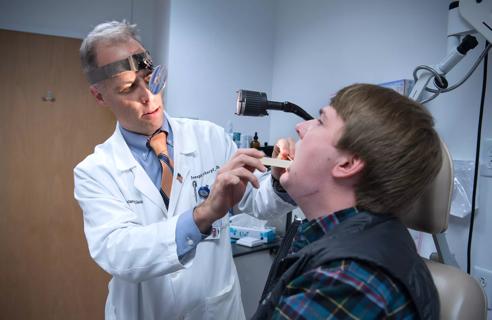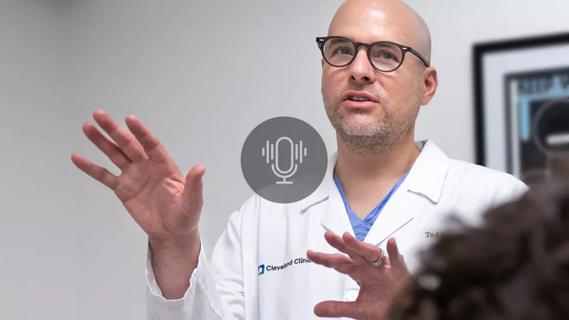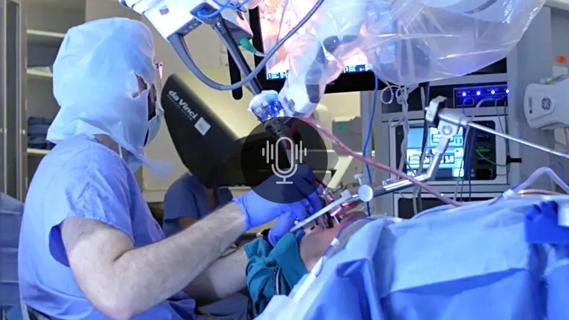Factors include subspecialty, geography, type of injury and level of surgical training

A review of the Westlaw database discovered several alarming trends in regard to sinus surgery and medical liability, reiterating the importance of careful surgical technique and thorough preoperative evaluations. The study was published in the American Journal of Rhinology & Allergy.
Cleveland Clinic is a non-profit academic medical center. Advertising on our site helps support our mission. We do not endorse non-Cleveland Clinic products or services. Policy
Looking at 75 cases from between 2000 to 2017, data were compiled on the demographics of the plaintiffs, demographics of the physician and practice characteristics, the procedures, the nature of the damages, legal allegations, verdicts, indemnities, use of expert witnesses and the county and state where the case was tried.
The findings indicated that the most common reasons for a malpractice allegation were improper performance and failure to follow standard of care in sinus surgery. In regard to geography, the most common region for a lawsuit was in the Northeast. The most common injuries were orbital injuries and intracranial injuries, which made up 29% and 27% of the reviewed cases, respectively. However, the highest payouts were for disease progression and intracranial injury (brain injury, brain bleed or cerebrospinal fluid leak). Although most cases were settled (80%), 55% of cases (33 of 60 cases) favored the physician when the case went to trial. Of the 75 analyzed cases, just under 50% used an expert witness, and when an expert witness testified, the verdict statistically favored the defendant (62.5%).
Mohamad Chaaban, MD, an otolaryngologist at Cleveland Clinic’s Head & Neck Institute and one of the authors of the study, believes these findings can help rhinology surgeons understand where lawsuits are stemming from so that they can follow measures to reduce future lawsuits. “I think this study emphasizes the importance of following standard-of-care in selecting which patients need surgery or, perhaps, don’t need surgery,” he says. “By doing that, you can sometimes prevent unnecessary surgeries which may have a higher chance of complication.”
Of note, 13 of 66 otolaryngologists included in the study were fellowship-trained rhinologists. The study found that, at trial, fellowship-trained physicians had a better chance of winning (78%) than nonfellowship-trained physicians. “I do believe that if you’re fellowship-trained, then you are very keen about finding an injury quickly intraoperatively and fixing it to the most of your ability,” says Dr. Chaaban. “The problem happens if you don’t recognize and fix the complication. Bad outcomes can happen just like any procedure, but it is really what happens after that. ”
There were, however, no significant differences in the verdict amounts or whether the case went to trial between fellowship-trained and nonfellowship-trained otolaryngologists.
While the number of lawsuits against otolaryngologists has been decreasing, especially over the past four years, Dr. Chaaban notes that there may be a couple of explanations for this. He mentions better training for surgeons, increased use of image guidance, more rigorous guidelines about when to resort to surgery and tort reform.
“Pennsylvania and Washington are two of the states with the highest number of reported malpractice cases. We know that tort reform is one of the reasons why,” says Dr. Chaaban. In 2003, Washington removed previously enacted tort reform laws passed in 1986. Pennsylvania does not have a cap on damage awards, which may lead litigators to take on a higher number of malpractice cases than they would if awards were capped. The state with the lowest number of malpractice cases is Illinois, and Illinois had a damage cap in place until 2010. Now, Illinois has several other tort reform laws in place to curtail the lack of a cap.
“Rhinology is the highest sub-specialty in otolaryngology for lawsuits,” explains Dr. Chaaban. “So moving forward, we need to do a better job of identifying things that we can do to mitigate these issues, particularly focusing on training residents very well including the use of simulation, and encouraging physicians in training to attend the American Rhinologic Society sponsored courses and seminars to avoid complications as much as possible.”

Prompt surgery was necessary when symptoms drastically increased

Strong communication with the patient and a thorough approach are essential

Research on children with UHL explores the quality-of-life benefits and outcomes of cochlear implants

A look at how custom-fitted oral appliances work and when they’re a good fit for patients

With a wide scope of skills, comprehensive otolaryngologists care for patients of all ages in the community

Subtle information gleaned from clinical examinations prompted concern

A new single-port system well-suited for oropharyngeal cancer treatment

Challenging case requires outside-the-box approach